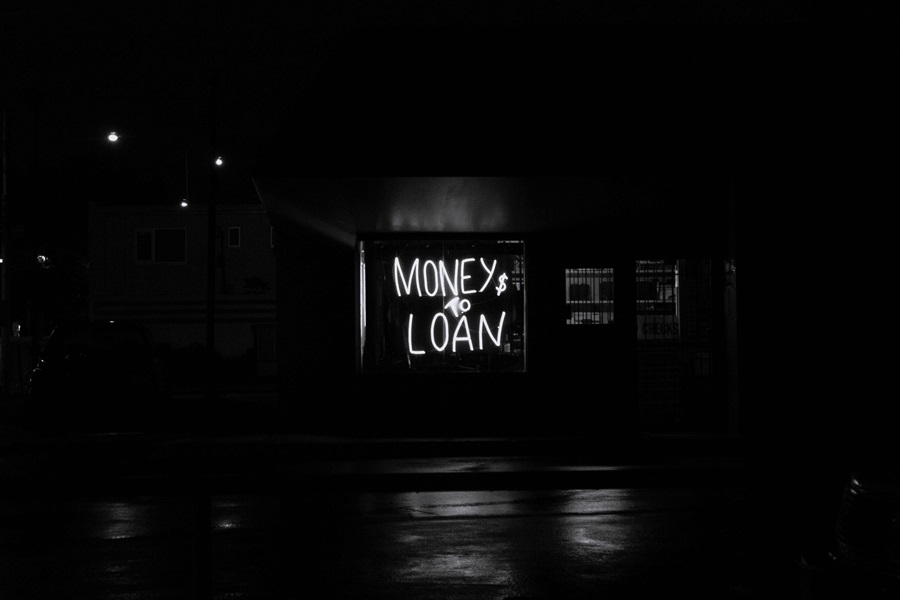Or are they setting us up for the next rally?
The real estate market in Europe has been on a roller coaster ride over the past few decades. The financial crisis of 2008 had a significant impact on the real estate market, leading to a slump in property values and a tightening of lending conditions. In recent years, the market has been on the rise again, but now, in 2023, there are growing concerns about financing issues that could once again threaten the stability of the market.
Rising interest rates can significantly impact real estate developments, particularly in the commercial sector, affecting offices, warehouses, and logistics. These sectors are often dependent on long-term financing, and when interest rates rise, the cost of financing becomes more expensive. This can lead to an increase in the cost of borrowing, which can be a significant challenge for developers looking to invest in new projects or refinance existing ones. As the cost of financing increases, developers may become hesitant to take on new projects or expand their portfolios, leading to a slowdown in real estate development. In several European countries this is more and more visible. We see developers turning to forward-funding by investors and to alternative lenders, but they, too, are becoming more selective.
The impact of rising interest rates on real estate development can have far-reaching consequences for the greater economy. When developers are hesitant to invest in new projects, it can lead to a slowdown in construction activity, which can negatively affect job growth and economic activity. Additionally, as fewer properties are developed, it can lead to a shortage of available real estate. It remains to be seen if the lower supply will drive up rental and purchase prices. The housing market showed signs like these in various countries in recent years.
The other issue that has emerged is the swap rate yield inversion. This occurs when the yield on long-term bonds falls below the yield on short-term bonds. The result is a disruption in the normal flow of credit, as lenders are hesitant to lend long-term when they can get higher yields on short-term loans. This can have a significant impact on the real estate market, as many property investors rely on long-term financing to fund their investments. Further, it creates problems for banks as banking regulation does not account for such scenarios.
In 2008, the swap rate yield inversion was one of the factors that contributed to the collapse of the real estate market. Many investors were unable to refinance their loans at reasonable rates, leading to a wave of defaults and foreclosures. There are concerns that a similar scenario could play out in 2023 in certain markets, as interest rates continue to rise, and the yield curve flattens.
The impact of these financing issues is already being felt in the real estate market. Interest rates have risen sharply in recent years, making it more expensive for investors to finance their properties. This has put pressure on rents, which have not risen at the same rate as interest rates. As a result, many investors are finding it difficult to generate the returns they need to service their loans.
The future refinancing problems of loans currently still financed at low rates are a major concern for the real estate market. Many loans that were taken out in the aftermath of the financial crisis are still at low rates, but these loans are now coming due. As interest rates rise, investors will be faced with the prospect of refinancing their loans at much higher rates, which could put a strain on their cash flow.
In addition, there is the risk that rising interest rates could lead to a decline in property values. This would make it more difficult for investors to refinance their loans, as lenders may be hesitant to lend against properties that are declining in value. This could create a vicious cycle, where falling property values lead to tighter lending conditions, which in turn lead to further declines in property values.
One potential solution to these financing issues is to encourage more long-term lending. This would provide investors with more stability, as they would not have to worry about refinancing their loans every few years. However, this would require lenders – specifically banks – to be willing to lend at longer maturities, which could be difficult given the current market conditions. It is questionable if such a change would be welcome by regulators who would see a further increase the wait and see approach of many financial institutions.
Another possible solution is to encourage more private investment in the real estate market. Private investors may be more willing to lend at longer maturities, as they are not subject to the same regulatory constraints as banks. However, this would require a significant shift in the way that real estate financing is structured, and it may take time for private investors to become comfortable with this type of investment.
Ultimately, the real estate market in Europe is facing significant challenges. The financing issues that are emerging are similar to those that contributed to the financial crisis of 2008, and there is a risk that history could repeat itself. On the positive note, these impacts could also provide substantial opportunities for the investors with the appropriate risk appetite. We already see the first risk funds building up a war chest.








